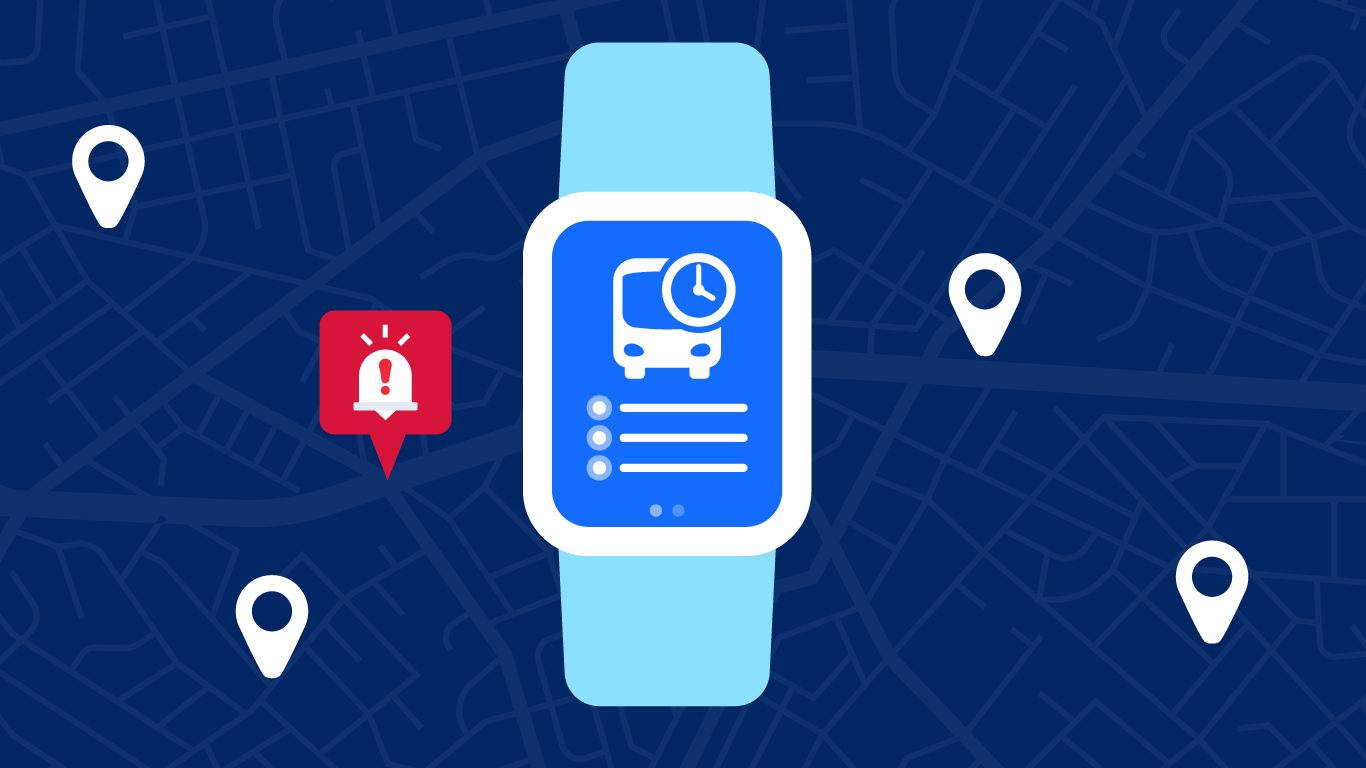What is 'Context' in Context Aware Travel?
Demystifying context in context aware travel: a guide for innovators.

Enhancing the customer experience during unexpected disruptions is a pressing challenge. As entrepreneurial developers and tech teams, you're invited to innovate solutions that create context aware travel. But what exactly do we mean by "context" in this setting? Understanding this is key to developing effective, customer-centric solutions while respecting privacy concerns.
What Is Context in Public Transport?
Context refers to the situational factors that affect a commuter's journey at any given moment. By being aware of these factors, a system can provide timely and relevant information to help passengers navigate disruptions more smoothly. Importantly, this is achieved without collecting or using personal data that could identify individual customers
Types of Contextual Factors
Here are some key contextual elements that can influence a commuter's experience:
- Peak vs. Off-Peak Hours: Services may be more crowded during peak times, and disruptions can have a larger impact.
- Scheduled Maintenance: Awareness of planned maintenance can help reroute passengers proactively.
- Real-Time Updates: Informing passengers about sudden cancellations or delays allows them to make immediate alternative plans.
- Alternative Routes: Suggesting other options can minimise inconvenience.
- Severe Weather Alerts: Heavy rain, storms, or extreme temperatures can affect service reliability.
- Safety Advisories: Weather can impact not just transport but also passenger safety during the journey.
- Equipment Failures: Breakdowns or technical issues can cause unexpected halts.
- Infrastructure Problems: Track issues or signal failures require immediate attention and affect service continuity.
- Accidents or Medical Emergencies: These incidents can cause significant delays and require sensitive handling.
- External Events: Unplanned public events or emergencies that affect transport services.
Implementing Context-Aware Solutions Anonymously
While utilising these contextual factors, it's crucial to respect customer privacy:
- No Personal Data Collection: Solutions should not collect or store any personal information that could identify individual passengers.
- Aggregate Data Use: Utilise anonymised, aggregate data such as overall passenger counts or general location trends.
- Privacy Compliance: Ensure all data handling complies with relevant privacy laws and regulations.
Join the Innovation Challenge
We invite you to develop innovative, context aware solutions that respect customer anonymity. Your contributions can significantly reduce the impact of unexpected disruptions on commuters, making journeys smoother and more predictable.
Key Benefits of Participating:
- Access Up to $50,000 in Funding: Support to develop and test your solution.
- Collaborate with Transport Experts: Gain insights and guidance from industry professionals.
- Global Impact Opportunity: Validate your solution in Australia's largest public transport system, creating a case study that can inspire change worldwide.
Ready to Make a Difference?
Understanding and leveraging context—while respecting privacy—is the key to transforming the commuter experience during disruptions. If you're ready to innovate and create change, we encourage you to apply for our innovation challenge. Apply now and help shape the future of transport information.
Disclaimer: The views and opinions expressed in this blog are presented solely for the purpose of fostering innovation, sparking discussion, and inspiring potential solutions. They do not represent the official stance, policies, or endorsements of the organisation.